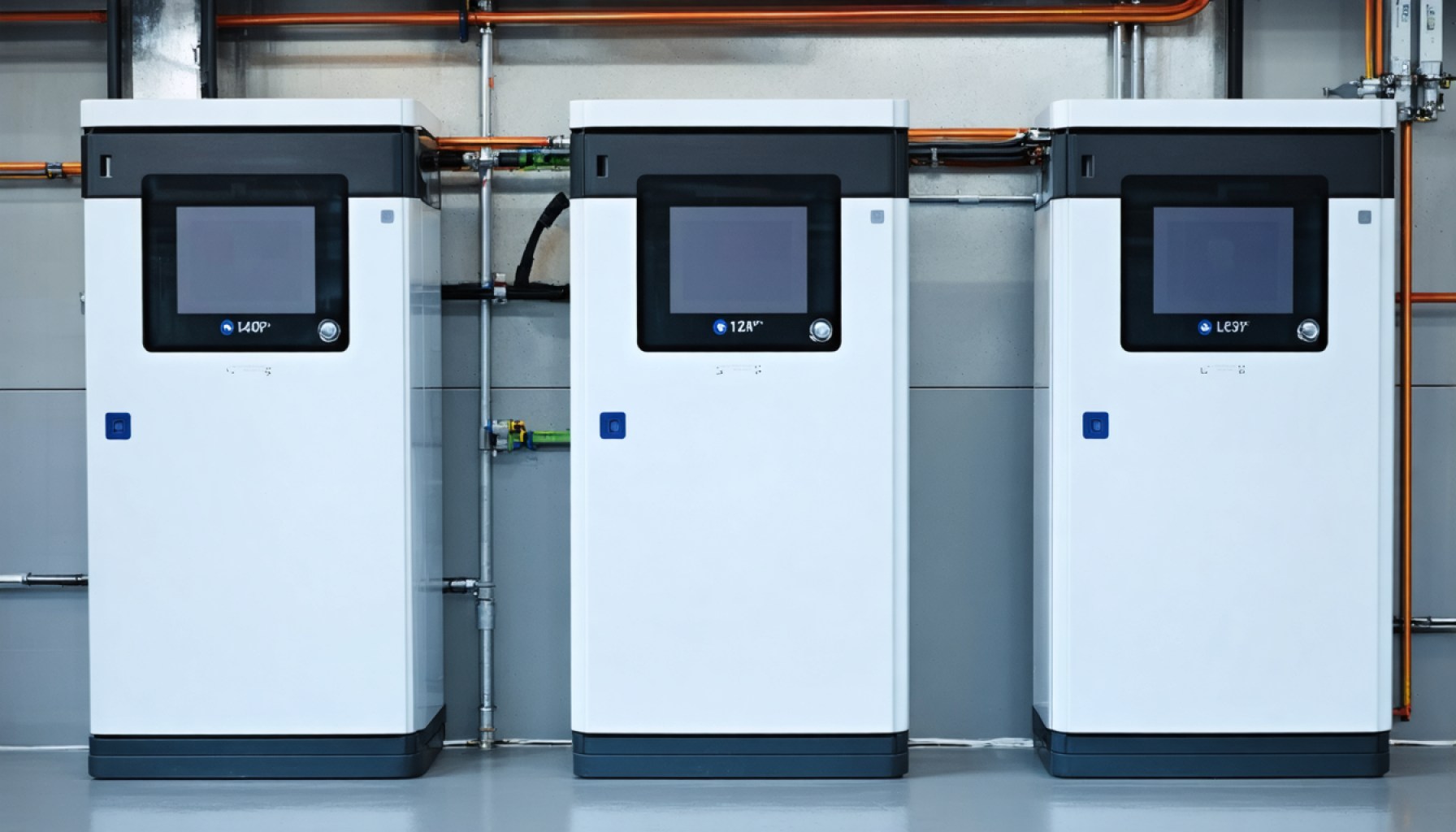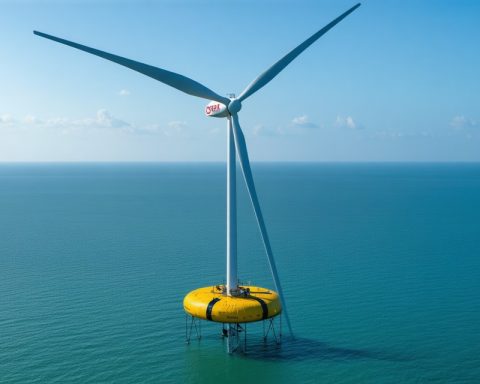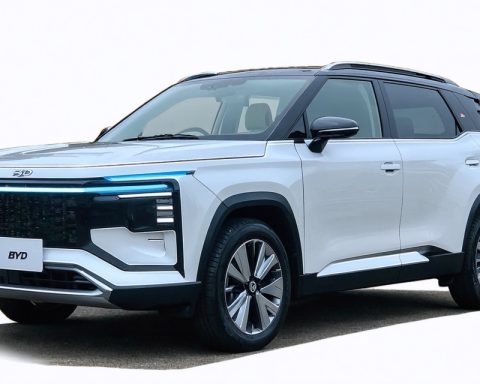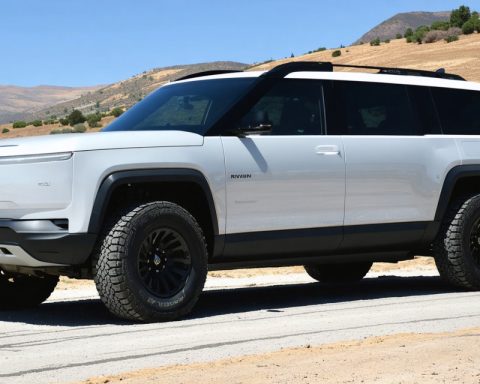- The composite EV battery enclosures market is expected to reach $5 billion by 2030, fueled by the demand for efficient and eco-friendly transportation.
- Composite enclosures are favored for their lightweight, resilient, and thermally adaptable properties, enhancing EV battery performance.
- The United States, China, and Europe lead the market, with China experiencing significant growth due to governmental incentives and infrastructure development.
- Key industry players like Tesla, BYD, and SAIC Motors are innovating and reshaping auto industry paradigms.
- In Europe, regulatory pressures and proposed bans on fossil fuel cars by 2035 are driving the adoption of composite enclosures.
- Key companies, including Continental Structural Plastics and SGL Carbon, are standardizing lightweight composites to improve efficiency and adoption.
- Eco-conscious consumers are boosting demand in the passenger car segment toward creating cleaner, quieter cities.
Imagine a world where sleek electric vehicles (EVs) outnumber traditional gas-guzzlers, gliding silently through city streets as whispers of sustainability resonate across continents. This vision inches closer to reality with the booming composite EV battery enclosures market, poised to reach an impressive $5 billion by 2030.
As consumers demand more efficient and eco-friendly transportation, the composite enclosures that protect and enhance EV batteries are gaining unprecedented traction. Unlike their conventional counterparts, these enclosures boast unique properties—lightweight yet incredibly resilient, adaptable, and capable of managing the intense thermal demands of high-performance batteries.
The United States, China, and Europe are power players in this unfolding drama. Northern stars like Tesla are setting the pace, but China’s massive contingent of original equipment manufacturers (OEMs)—such as BYD and SAIC Motors—are key protagonists driving the market forward. These companies are not only innovating but also reshaping auto industry paradigms.
Insights reveal a pronounced distinction in dynamic regions. China, with its burgeoning EV industry, outshines as an epicenter of growth. Here, the confluence of governmental incentives, robust infrastructure development, and an array of industry giants—STS Group, Teijin Automotive Technologies, and others—amplifies demand for composite enclosures. Europe’s spotlight shines brightly, too, as regulatory bodies push for stringent emission norms, culminating in a proposed ban on new fossil fuel cars by 2035.
The heart of this revolution beats strongest in the passenger car segment, where eco-conscious consumers are fueling demand. These futuristic vehicles offer a tantalizing glimpse of what lies ahead: quieter, cleaner cities with skies streaked by electric mobility.
Behind this transformative wave are industry titans like Continental Structural Plastics and SGL Carbon, shepherding an era where lightweight composites aren’t just an option—they’re the standard. Simplified supply chains and developed infrastructure herald a new dawn for this sector, promising better efficiency and broader adoption.
As we journey toward an electrified future, the message is clear: investing in EV technology, particularly in composite battery enclosures, isn’t merely a trend. It’s a testament to progress, an industry-wide commitment to reshaping our world for the better. Prepare for a greener tomorrow, driven by innovation, collaboration, and the relentless pursuit of possibility.
Why Composite EV Battery Enclosures Are the Future of Sustainable Transportation
Rising Demand for Composite EV Battery Enclosures
In the quest for a more sustainable future, the electric vehicle (EV) sector is witnessing a surge of interest in advanced materials like composite enclosures for EV batteries. Not only are these materials lighter and more durable, but they also play a crucial role in the performance and safety of modern electric vehicles. Below, we’ll explore various aspects of this burgeoning market and provide insights on how consumers and manufacturers can benefit.
Features, Specs & Pricing
Composite EV battery enclosures are typically crafted from a blend of carbon fiber and other composites, achieving a balance between strength and weight reduction. This enables vehicles to improve energy efficiency and extend driving ranges. While initially more costly than traditional metal enclosures, ongoing technological advancements and increased production are driving prices down, making these enclosures more accessible.
– Weight Reduction: Composite materials can reduce the overall weight of the battery enclosure by up to 50%, according to leading industry reports.
– Thermal Management: These materials offer superior thermal management abilities, crucial for maintaining battery life and performance.
– Safety Features: Composites provide excellent impact resistance, enhancing the vehicle’s safety profile.
How-To Steps & Life Hacks for Consumers
When considering the purchase of an electric vehicle, evaluating the type of battery enclosure can be a key factor in the decision-making process. Here are steps to ensure you make the best choice:
1. Research Vehicle Specifications: Look for vehicles offering composite enclosures and compare their efficiency ratings.
2. Consider Lifecycle Costs: Factor in the potential savings on fuel and maintenance over the vehicle’s lifespan against the initial higher cost.
3. Check for Incentives: Research whether government rebates or incentives apply to EVs with advanced enclosures.
Real-World Use Cases
1. Tesla Model 3: Widely praised for its performance, the Model 3 uses a hybrid of materials, including advanced composites for its battery encasement.
2. BYD Tang EV: Popular in China, this model utilizes composite materials to enhance its battery’s thermal management, extending the vehicle’s range and life.
Pros & Cons Overview
Pros:
– Enhanced energy efficiency
– Improved safety features
– Longer lifespan compared to traditional materials
Cons:
– Higher manufacturing costs
– Potential recycling challenges
Industry Trends & Market Forecasts
According to industry forecasts, the composite EV battery enclosure market is set to grow exponentially, reaching $5 billion by 2030. This growth is largely attributed to advancements in material sciences and an increased push for sustainability across the automobile industry. Companies like Teijin Automotive Technologies and STS Group are spearheading innovations that are reshaping traditional auto industry paradigms.
Security & Sustainability
The use of composites can lead to a more sustainable manufacturing process, as these materials are often more recyclable than traditional metals. Additionally, secure design practices ensure that EVs maintain the highest levels of safety during crashes or impacts.
Conclusion: Actionable Recommendations
– Invest in Knowledge: Stay informed about the advancements in EV technology through credible sources and industry reports.
– Consider Sustainability: When purchasing an EV, prioritize models that offer the latest innovations in composite battery engineering for better performance and sustainability.
– Embrace Incentives: Make the most of any government incentives that encourage the adoption of greener vehicles.
The future of EVs is undeniably tied to the development and integration of composite materials in battery enclosures. With this understanding, consumers and manufacturers alike are better positioned to drive the transition toward a more sustainable transportation landscape. For further insights into the automotive industry’s shift towards innovation and sustainability, visit Toyota.














